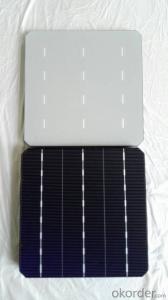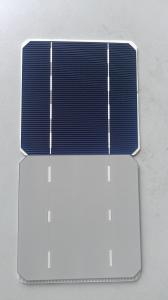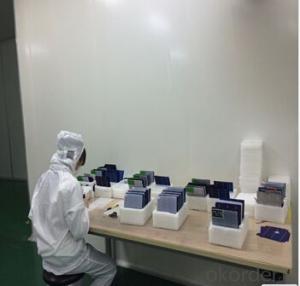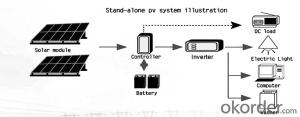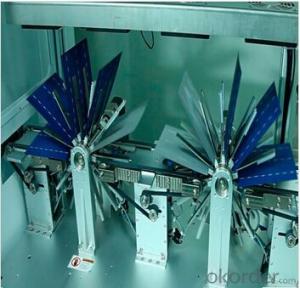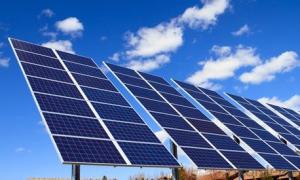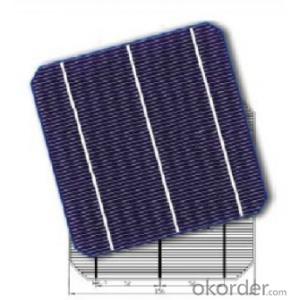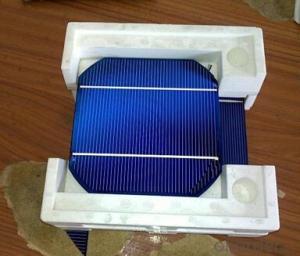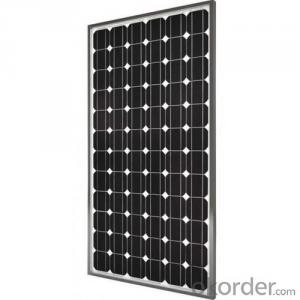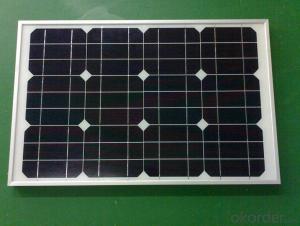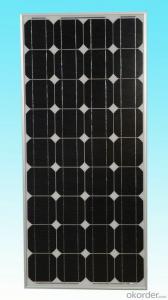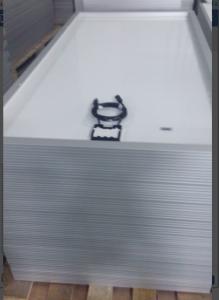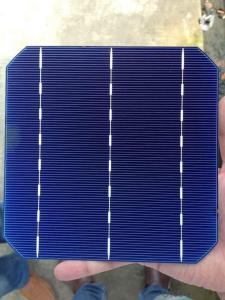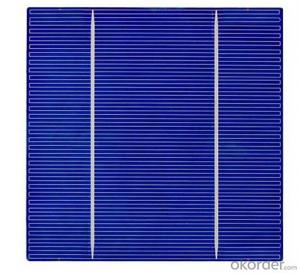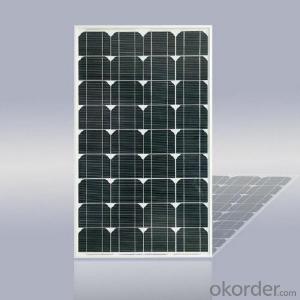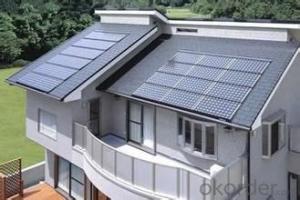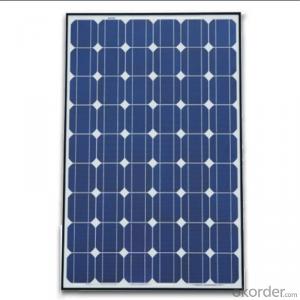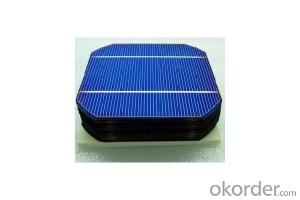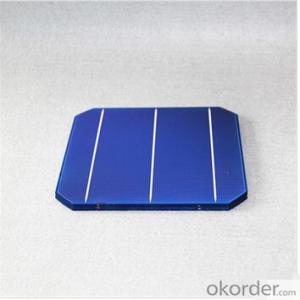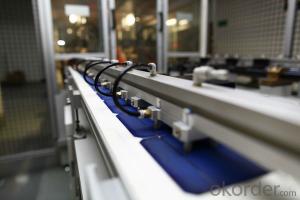Mono City Solar Cell
Mono City Solar Cell Related Searches
Mono Solar Module Mono Half Cell Solar Module 54 Cells Mono Solar Panel Sunpro Mono Solar Module Monocrystalline Solar Cells Bulk Nano Solar Cells Free Solar Cells Buy Solar Cells Monocrystalline Solar Module Solar Cell Module Mj Solar Cells Solar City Inverter Better Solar Cells Building Solar Cells Cheap Solar Cells Mini Solar Module Low Cost Solar Cells Hobby Solar Cells Seattle Solar Cells Buy Small Solar Cells Rec Solar Cells Bare Solar Cells Mini Solar Panel Module American Made Solar Cells Solar Cell Solar Module Home Depot Solar Cells Custom Solar Cells Bio Solar Cells Loose Solar Cells Affordable Solar CellsMono City Solar Cell Supplier & Manufacturer from China
Mono City Solar Cell is a line of high-quality photovoltaic products that are designed to harness the power of the sun and convert it into usable electricity. These solar cells are engineered with advanced technology to ensure maximum efficiency and durability, making them an excellent choice for various applications. They are widely used in residential, commercial, and industrial settings, providing a clean and sustainable source of energy. The versatility of Mono City Solar Cells allows them to be integrated into different systems, such as rooftop installations, solar farms, and off-grid power solutions.Mono City Solar Cells are known for their exceptional performance in various environmental conditions, making them a popular choice for those seeking reliable and efficient energy solutions. They are designed to withstand harsh weather conditions and maintain their output over an extended period, ensuring a long-term return on investment. The product's robust construction and advanced materials contribute to its longevity and ability to generate power consistently, even in less-than-ideal sunlight conditions.
As a leading wholesale supplier, Okorder.com offers a vast inventory of Mono City Solar Cells, catering to the needs of both small and large-scale projects. Their extensive range ensures that customers can find the perfect solar cell solution for their specific requirements. With competitive pricing and a commitment to customer satisfaction, Okorder.com stands out as a reliable source for purchasing Mono City Solar Cells in bulk. This makes it easier for businesses and individuals to access these sustainable energy products and contribute to a greener future.
Hot Products

